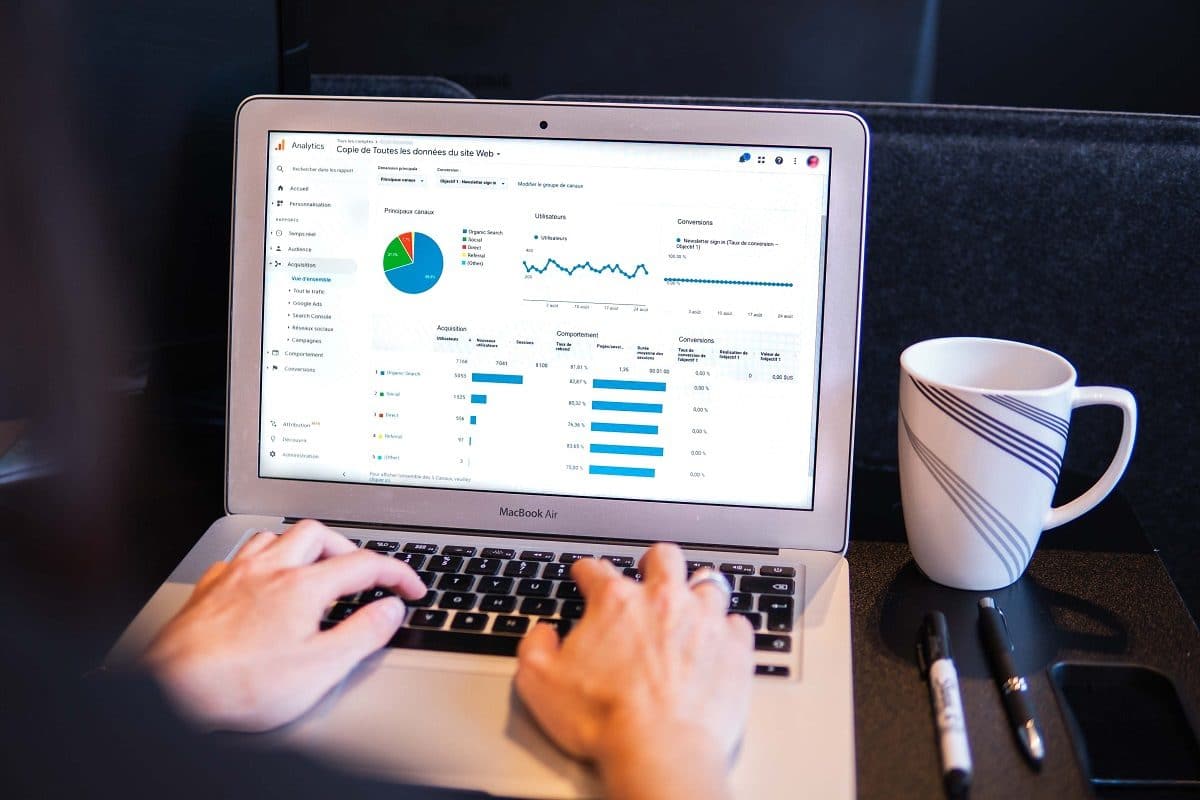Modern businesses rely heavily on data analysis. Data analytics tools are difficult to choose because no one tool can meet all of your needs. Here are some key considerations to bear in mind when evaluating the various data analysis tools on the market, and we’ll conclude with a look at a few of the most popular ones.
Before evaluating the available tools, a few things need to be taken care of. Prior to getting started, you need to know what kinds of data your company needs to analyse and how it needs to be integrated. It is also necessary to select and replicate the tables and columns in the source datasets to a data warehouse before you can begin analysing the data, so that there is a single source of truth for analytics. Data governance and security are also important considerations. Access control and permission systems should be in place if data is shared between departments, for example.
How to choose a right data analysis tool
After collecting data, you can experiment with a variety of tools to analyse it. If your company is looking for an employee, how do you go about finding one? Think about your company’s business needs and the people who will be using your analytics tool before you begin. The question is, will it be used by nontechnical users who require an intuitive interface, or by sophisticated data analysts and scientists? Iterating on code development can be done interactively using SQL on some platforms, but point-and-and-click analysis is more common on the latter. In addition, the tool should support visualisations that are relevant to your business.
Consider the tool’s ability to model data. Some can support a semantic layer, while others can model data on their own. Before analysing data, you’ll need to model it using SQL or a database management system like dbt.
Finally, think about the cost and the terms of the licence. Various options can be found, some of which are free, while others require a fee for use (such as a licence or subscription). The most expensive tools do not always have the most comprehensive feature sets, and users should not discount the numerous robust free options available to them as alternatives.
Best tools
Below is a list of best tools for data analysis.
Microsoft Power BI
There are hundreds of data sources supported by Microsoft Power BI, making it one of the best platforms for business analytics. Using this tool, users can create and distribute reports and dashboards. In order to easily distribute a collection of dashboards and reports, users can create a Power BI app. With Power BI, users can create automated machine learning models and use Azure Machine Learning as a learning platform.
Sisense
Analytics platform Sisense is designed to help both technical developers and business analysts process and visualise all of their business data. Drag-and-drop tools are plentiful and interactive dashboards are available for collaboration. Sisense’s custom In-Chip technology is one of the platform’s most distinctive features, as it maximises computation by using CPU caching instead of slower RAM. This can lead to 10–100x faster computation in some workflows.
TIBCO Spotfire
Data analytics platform TIBCO Spotfire provides natural language search and AI-powered data insights. Using this tool, you can create and distribute reports for both mobile and desktop platforms. Predictive analytics models can also be built using Spotfire’s point and click tools.
SAP BusinessObjects
Data discovery, analysis, and reporting are all part of SAP BusinessObjects’ suite of business intelligence applications. The tools are designed to be used by non-technical business users, but they can also perform complex analysis. It is possible for business analysts to quickly switch between applications such as Excel and BusinessObjects reports thanks to the integration of BusinessObjects with Microsoft Office products. Self-service predictive analytics is another benefit.
Thoughtspot
There are a variety of reports and natural language searches available through Thoughtspot, an analytics platform. Spotting patterns that users may not have been aware of is made easier with SpotIQ, the company’s artificial intelligence system. Users can also use the platform to automatically join tables from various data sources to break down data silos.
Qlik
Self-service data analytics and business intelligence are supported by Qlik’s cloud and on-premises platforms. Data exploration and discovery are supported by the tool for both technical and non-technical users. Embedded SQL and drag-and-drop modules allow users to customise a wide variety of Qlik’s charts.
SAS Business Intelligence
Using SAS Business Intelligence, users can perform self-service analytics on their own data. Collaborative features like the ability to send reports to mobile apps are built into this software. There are less expensive alternatives to SAS Business Intelligence, but SAS Business Intelligence is the most comprehensive and flexible platform available. Those who run large businesses may find it worth the cost because of its flexibility.
Tableau
Data visualisation and analytics platform Tableau enables users to create reports and share them across desktop and mobile platforms, within a browser, or embedded in an application. Tableau Either in the cloud or on-premises, it’s an option. This query language, called VizQL, underlies much of Tableau’s platform. Drag and drop dashboard and visualisation components can be transformed into efficient back end queries, reducing the need for end user performance optimizations. This Tableau, on the other hand, does not support complex SQL queries.









